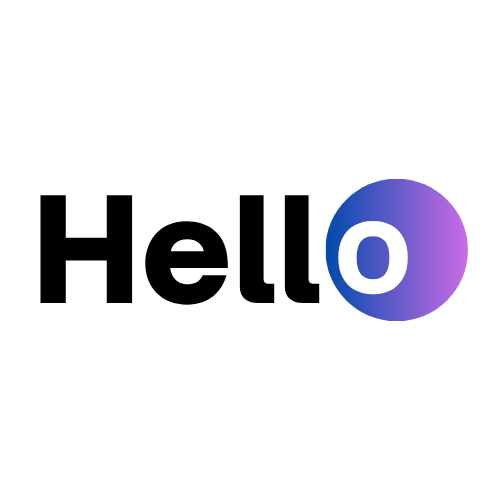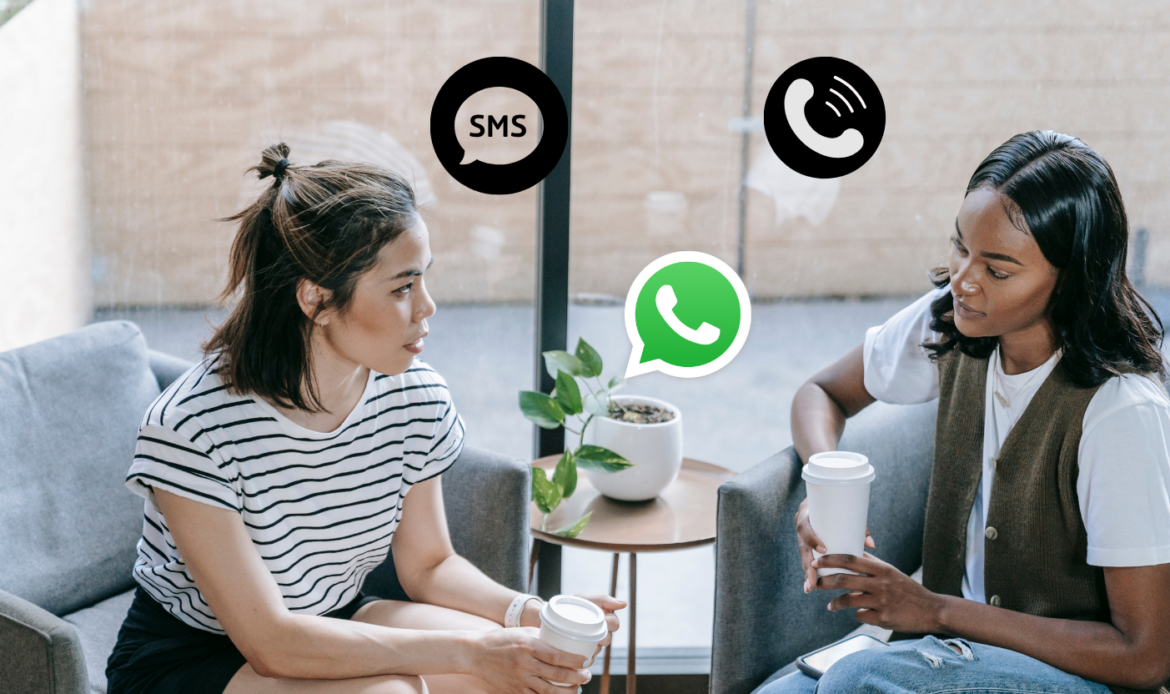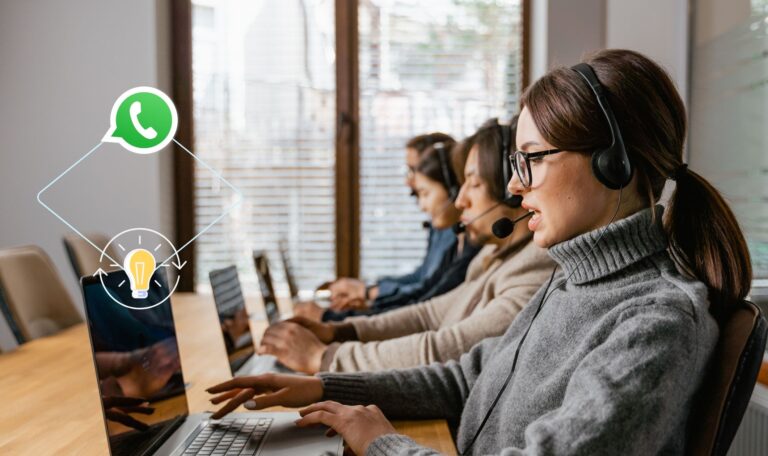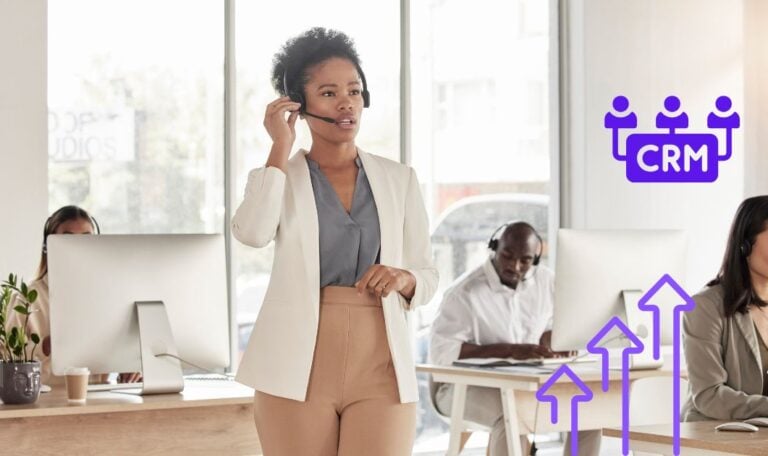Introduction
Today’s customers move fast — and they don’t wait for your sales team to catch up. They might submit a form on your website, ignore your follow-up email, reply to your WhatsApp reminder, and expect a confirmation via SMS.
In this environment, relying on a single communication channel no longer works.
That’s why businesses are moving toward unified CRM or multichannel crm workflows, where Email, SMS, and WhatsApp are coordinated in real-time to:
- Reach customers where they are
- Improve response rates
- Personalize follow-ups
- Reduce drop-off across the sales funnel
In this blog, we’ll explore how to design a unified CRM workflow that brings together Email, SMS, and WhatsApp — without overwhelming your team or your leads.
Why a Unified Messaging Workflow Matters
Consumers today expect brands to communicate on their terms. According to recent studies:
- 75% of buyers expect consistent experiences across channels
- WhatsApp open rates exceed 90%
- SMS messages are read in under 3 minutes on average
- Email remains the preferred channel for formal or long-form content
Each channel has unique strengths — but using them separately creates silos, confusion, and lost opportunities.
With a unified CRM workflow, you can:
- Trigger the right message on the right channel
- Keep communication history in one place
- Avoid duplicate messaging
- Improve engagement and conversion
- Enable smarter automation with complete context
Understanding the Role of Each Channel
Before combining them, it’s essential to define when and why to use each channel.
- Best for: formal communication, onboarding sequences, content-rich messages, proposals
- Strengths: formatting flexibility, high deliverability, segmentation
- Weaknesses: lower open and response rates compared to SMS or WhatsApp
SMS
- Best for: urgent reminders, updates, alerts, quick touchpoints
- Strengths: extremely high open rates, fast delivery
- Weaknesses: limited character count, not suited for rich content
- Best for: conversational flows, quick Q&As, document sharing, appointment confirmations
- Strengths: two-way messaging, multimedia support, real-time interaction
- Weaknesses: requires opt-in and compliant use of templates for outbound messaging
What Is a Multichannel CRM Workflow?
A multichannel CRM workflow is a set of automated steps that:
- Engage contacts across multiple messaging platforms
- Trigger communication based on actions or data
- Syncs every interaction into a unified contact timeline
- Allows both AI and humans to participate in the process
For example:
- A new lead fills out a form
- CRM sends a welcome email automatically
- If no email open in 2 days, send a WhatsApp follow-up
- Lead replies on WhatsApp — AI books a call
- SMS reminder sent 1 hour before scheduled call
- After call, CRM sends a thank-you email + proposal
All of this happens seamlessly inside Hello CRM — without manual coordination.
Step-by-Step: Creating a Unified Workflow in Hello CRM
Step 1: Define Your Goal
Every workflow should start with a clear objective. For example:
- Convert inbound leads to demo bookings
- Recover cold leads
- Re-engage trial users
- Close deals faster with automated follow-ups
Step 2: Segment Your Audience
Use CRM filters to group contacts by:
- Funnel stage
- Source (ads, referral, website)
- Product interest
- Activity (last open, last reply, last call)
Segmentation ensures the messages you send feel relevant and timely.
Step 3: Build Your Workflow Logic
Use Hello CRM’s workflow builder to design logic such as:
Trigger: New lead enters CRM
→ Email: Welcome + product overview
→ Wait: 2 days
→ Condition: Did the lead open the email?
• Yes → Wait 1 day → Send WhatsApp to book demo
• No → Send SMS: “Hey {{FirstName}}, want help getting started?”
→ Wait: 2 days
→ Condition: Booked demo?
• Yes → Send email with calendar invite and prep checklist
• No → WhatsApp: “Still interested? Let’s pick a time”
Every channel works in sync — no message overlaps, no repetition.
Step 4: Personalize Messages for Each Channel
Use CRM fields (name, product, funnel stage) and behavior (clicked, replied, opened) to personalize your messaging:
- Email: “Hi Sarah, we saw you downloaded our automation guide — here’s a 3-step setup checklist.”
- SMS: “Hi Sarah, your CRM setup guide is ready. Want us to walk you through it?”
- WhatsApp: “Hi Sarah 👋 ready to set up Hello CRM? I can help you schedule a call this week.”
Tone, length, and format should match the channel’s nature — WhatsApp is casual and conversational, Email is detailed, SMS is concise.
Best Practices for Multichannel Automation
- Start with email, escalate to faster channels
Email is ideal for first contact. If there’s no engagement, escalate with SMS or WhatsApp. - Don’t duplicate the same message across channels
Adapt your content to match the channel — repetition feels robotic and spammy. - Honor response windows
If someone replies on WhatsApp, don’t trigger the same follow-up via SMS or email. - Log everything in one timeline
Hello CRM automatically records all interactions in one place, so reps always have context. - Set smart timing rules
Avoid sending messages late at night or too frequently — use built-in time restrictions to respect user preferences.
Example Workflow: Trial User Nurture Sequence
| Day | Action |
|---|---|
| Day 0 | Email: Welcome + intro video |
| Day 1 | WhatsApp: “Need help getting started?” (via AI agent) |
| Day 3 | SMS: “Quick tip — check out workflow templates in Hello CRM” |
| Day 5 | Email: Case study from similar company |
| Day 7 | WhatsApp: Offer to book onboarding call |
| Day 10 | SMS: “Your trial ends in 4 days — need more time?” |
| Day 14 | Email: Final offer + upgrade link |
This multichannel journey improves engagement by adapting to the user’s behavior and preferences.
Benefits of a Unified CRM Messaging Workflow
1. Higher Response Rates
Using multiple touchpoints increases the likelihood that your message gets seen — and acted on.
2. Faster Lead Conversion
By reaching leads where they’re most active, you reduce delays between interest and action.
3. Reduced Manual Follow-Ups
Automation handles routine communication, freeing up your sales and support teams to focus on high-value conversations.
4. Smarter Sales Pipelines
With all conversations logged inside Hello CRM, your team always knows what’s been said, where the deal stands, and what to do next.
5. Personalization at Scale
Because every message is driven by CRM data and behavior, even automated communication feels human and helpful.
Common Mistakes to Avoid
- Using all three channels at once with the same message
- Sending WhatsApp or SMS without opt-in
- Not adapting tone per channel (e.g. email tone in WhatsApp)
- Neglecting follow-up timing — too frequent or too far apart
- Failing to update lead status when conversations move forward
Final Thoughts
Multichannel messaging isn’t just a buzzword — it’s a necessity for modern customer engagement. Buyers expect you to be responsive, available, and context-aware, regardless of platform.
When Email, SMS, and WhatsApp work together inside a centralized CRM workflow, you get the best of each channel — without the operational chaos.
With Hello CRM, you can:
- Build fully automated, behavior-based workflows
- Trigger the right message on the right platform
- Track every touchpoint in one place
- Let AI agents handle repetitive communication across voice, chat, and messaging
Start connecting your channels — and your customers — with smarter workflows that sell.
Ready to unify your outreach across Email, SMS, and WhatsApp?
Book a demo or start your free trial of Hello CRM and experience multichannel automation in action.
